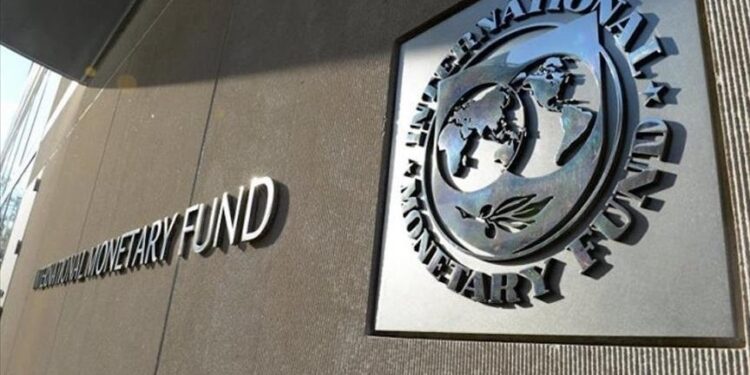The Ghana Statistical Service has indicated that the country’s unemployment rate as of the last quarter of the year 2022 was 11.5 per cent, which was the lowest recorded throughout the four quarters in 2022.
According to its Ghana Annual Household Income and Expenditure Survey for the last quarter of 2022 Labour Statistics report, the unemployment rate in the country for the first three quarters of 2022 was, 13.4 per cent, 13.9 per cent and 13.7 per cent respectively but reduced to 11.5 per cent in the last quarter of the year.
The report also revealed that the fourth quarter unemployment rates were higher for females which were 12.5 per cent as compared to males’ unemployment rate of 10.3 per cent and higher in urban areas at 14.3 per cent as compared to rural areas’ rate of 7.8%, patterns which were consistent with what was observed for the previous three quarters.
According to the report, between the first and fourth quarters of 2022, the number of jobless individuals decreased from 1,729,383 to 1,445,850 and the number of employed individuals slightly decreased from 11,215,323 to 11,148,465, while the number of people who were not in the labour force increased from 5,870,759 to 6,440,112.
The report also noted that, in the fourth quarter, two out of every three employed individuals aged 15 and over (68.1%) were in vulnerable employment, for instance, self-employed but without employees or contributing family workers.
This percentage according to the report was the highest of all quarters, and, except Greater Accra, more than half of the employed individuals were in vulnerable employment across all regions.
Furthermore, the report indicated that in the fourth quarter, the North East Region with 92.1 percent, Savannah Region with 90.6 percent and the Northern Region with 84.2 percent had the greatest rates of vulnerable employment rate in the country.
Over 2.1 Million Persons Not In Education, Employment Or Training
Moreover, the Ghana Annual Household Income and Expenditure Survey for the last quarter of 2022 Labour Statistics report by the Ghana Statistical Service revealed that over 2.1 million persons aged 15 to 35 years were ‘not in education, employment, or neither in training’ (NEET) across all quarters in 2022.
The report emphasized that in the fourth quarter for instance, one in every five persons which was 20.2 percent between the ages of 15 to 35 years were neither in education, employment or training in the country.
According to the report, in the fourth quarter of 2022, the Greater Accra Region had the highest ‘not in education, employment nor training’ rate of 26.5% per cent which was followed by both the Ashanti Region and Upper East Region with a 22.9 per cent rate.
The report revealed that every one of the 16 regions in the country had a double-digit rate of youth ‘not in education, employment or training’ in each of the four quarters with the Oti Region having the lowest rate, at 11.2 per cent.
In addition, regarding the relationship between food security, unemployment, and multidimensional poverty, in each of the four quarters of 2022, at least a quarter of a million people were living in households with inadequate food and unemployment; the estimated number of these individuals in the labour force ranged from 250,000 in the third quarter to 330,000 in the second.
The analysis also shows that, from a projected 550,000 in the fourth quarter to 780,000 in the first, more than half a million people in the labour force were unemployed and multidimensionally impoverished in each of the four quarters of 2022.
The Annual Household Income and Expenditure Survey (AHIES) by the Ghana Statistical Service is the first nationally representative high-frequency household panel survey conducted in Ghana.
It was conducted to obtain quarterly and annual data on household final consumption expenditure and a wide range of demographic, economic and welfare variables including statistics on labour, food security, multi-dimensional poverty and health status for research, planning, and policy-making.
READ ALSO: Parent And Fresh SHS Student Throws Into Anxiety Over GES Reopening Date Directives




















